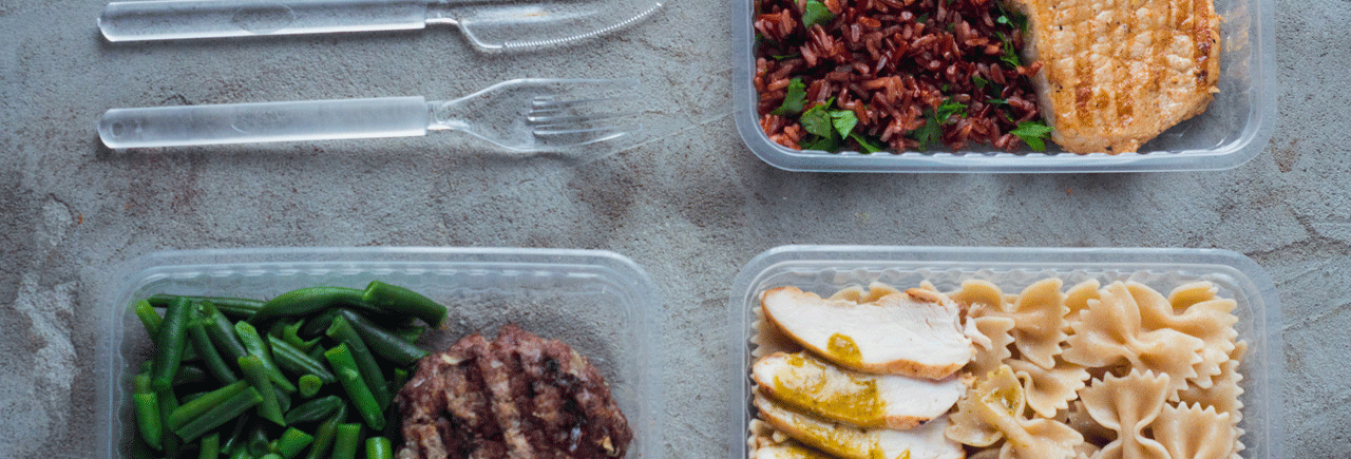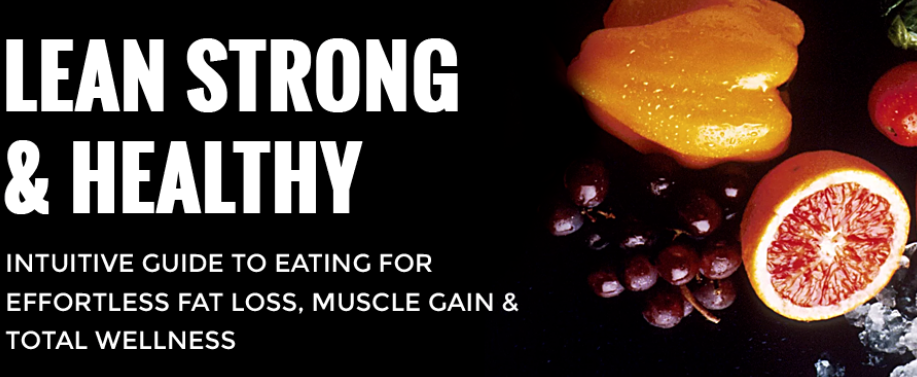
What’s the Best Diet for BULKING?
Nov 27, 2017 mindpumpWithout proper nutrition, gaining muscle is nearly impossible. Gaining fat however, is very easy.
Ideally, we could all gain muscle and lose body fat at the same time. However, for anyone but beginners, losing fat and gaining muscle at the same time is VERY hard to do. For this reason, most choose to split their nutrition and training up into distinct cycles of CUTTING and BULKING.
When cutting, the primary focus is shedding bodyfat. This requires a caloric deficit (calories below maintenance levels). Your body is an a CATABOLIC STATE: burning fat and (sometimes) muscle due to the lack of calories.
Bulking is focused on gaining muscular size and strength. This requires a caloric surplus (calories above maintenance levels).Your body is in an ANABOLIC STATE: building (sometimes) muscle tissue and (sometimes) fat with the extra calories being consumed.
The dirty bulk
The problem with a caloric surplus is it can lead to gaining excessive body fat, WHEN MANAGED INCORRECTLY. This is often the case with the classic “dirty bulk”: eating everything in sight to put on size. Dirty bulks often lead to thousands of calories over maintenance levels daily. After 3-6 months of doing this daily, dirty bulkers have often put on a decent amount of muscle, but also a considerable amount of FAT.
After gaining so much fat, a LONG cutting process is required to reveal the muscle underneath. The problem is, the more time spent in a caloric deficit, or catabolic state, the more muscle mass is lost along with fat. This leads to large amounts of muscle loss to go along with the lengthy cutting process required to get lean again after dirty bulking.
After a long dirty bulk, followed by a long cut, most end up near where they started months ago, with at best an extra pound or two of muscle to show for all their work.
The lean bulk
The best approach to packing on SUSTAINABLE muscle mass is the LEAN BULK. This allows you to gain muscle steadily, without excess fat.
To lean bulk, you need to know your MAINTENANCE CALORIES: the amount you need to eat to maintain your current weight. If you have no idea what your maintenance calories are, get a rough estimate here: http://www.calculator.net/calorie-calculator.html
Start by eating 5-10% more than your maintenance calories. This will equate to a few hundred calories over maintenance levels.
Example: Your maintenance calories are 3,000. To lean bulk, you should start by eating between 3,150 and 3,300 calories per day.
Using the example above, if you instead decided to eat 4,000 calories per day, there would be no additional muscle building benefits compared to eating 3,300 calories, you would simply put on much more fat. Eating everything in sight is fun, but eating more DOESN’T make you gain more.
To gain muscle, you should be gaining a bit of weight. The first few weeks of a bulking phase, you’ll probably notice you gain a few pounds very quickly, this is due to glycogen stores being replenished and increased water retention. Don’t worry about it. After 1-2 weeks, your weight should start to level off a bit. From this point forward, aim for no more than .5-1 lb of weight gain per week.
If weight stays the same, add 5% more to calories and wait a week. Repeat this until you are in the .5-1lb/week range.
Mini bulks and cuts
At the start of a bulk, your body is in a very anabolic state, due to all the excess calories being consumed. You can put on muscle quickly, with minimal fat gain. However, if you are constantly eating high calories, your body will adapt to this overfed state quickly, and start to gain fat.
Think of always being in a caloric surplus as constantly sending your body a “high calorie signal”. If the same signal is constantly being sent, it is very easy for your body to adapt to.
This makes going through short phases of being in a caloric deficit (while still with an overall goal of bulking) crucial for minimizing fat gain. Think of this as “mixing the signal”.
Generally, a 4:1 ratio of bulking to cutting works well. For every 4 weeks in a caloric surplus, spend a week in a caloric deficit. However, it doesn’t have to be strictly 4 weeks bulk, 1 week cut. I prefer to split things up something like: 2 weeks in a caloric surplus, 3 days in a deficit. 2 more weeks in a surplus, 4 days in a deficit.
Macronutrients
There are lots of different ways to set up your macronutrients to get good results. Below is just one example of a basic way to set things up.
Protein:
Beneficial for building muscle, but you don’t need HUGE amounts of it. Studies show that most don’t need much more than .6-.8 grams/lb of bodyweight to get all the benefits of protein. (Hoffman, 2006) (Lemon, 1992)
Fat:
The most often undervalued macronutrient. Adequate fat intake is crucial for hormone regulation. Out of whack hormones will lead to increased body fat storage, as well as you feeling worse overall. Higher fat intake keeps hormones at optimal levels, which promotes energy, muscle building, and libido. Consuming enough fat is crucial to staying healthy. I recommend AT LEAST 30% of your daily calories should come from fat. Higher than 30% is fine too, but based on personal preference.
Carbohydrates:
Carbs are extremely helpful in the muscle building process, and will keep you feeling strong and energetic in the gym. After calculating how many calories you want from protein and fat, simply fill the remaining calories with carbs.
Example: A 200 lb man, with a maintenance caloric intake of 3000:
1. Calculate total calories: To lean bulk, he should start somewhere in the 3,150-3,300 calorie range. (3000 x 1.5-1.10)
2. Calculate protein: He needs .8 grams/lb body weight. (.8 x 200=160 grams.) There are 4 calories per gram of protein, so he will be eating 640 calories of protein. (160×4)
3. Calculate fat: if he needs 3,300 daily calories and wants 30% to come from fat, then 990 fat calories are needed. (3,300 x .3=990) There are 9 calories per gram of fat. 990 calories is equal to 110 grams of fat. (990/9=110)
4. Calculate carbs: He’s eating 640 calories of protein, 990 of fat, for a total of 1,630. This leaves 1,670 calories to fill with carbs. (3300-1630=1670) Carbs are 4 calories per gram. This equals 417.5 grams (round up to 418). (1670/4=417.5)
You need to be in a caloric surplus to gain muscle and achieve the body you want. You DON’T have to get fat in the process. Just use the lean bulking method.
Sources:
https://www.ncbi.nlm.nih.gov/pmc/articles/PMC2129168/
https://www.ncbi.nlm.nih.gov/pubmed/1400008

Author:Jeremiah Bair
Website: www.bairfit.com
Jeremiah is an ACSM certified Personal Trainer from Nebraska. He also has a Business Management Degree from the University of Nebraska-Lincoln. Over the last few years of his career as a personal trainer, he has fallen in love with the way fitness allows him to connect with people.
Nothing is more rewarding for him than helping others transform into happier, more confident versions of themselves. His goal is to share knowledge to help as many as possible lead long, healthy, and fulfilling lives.







